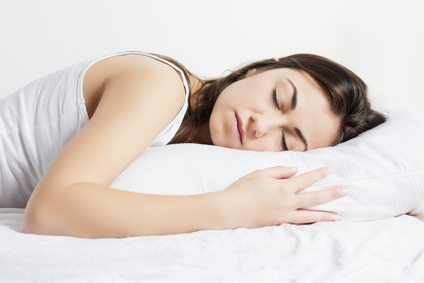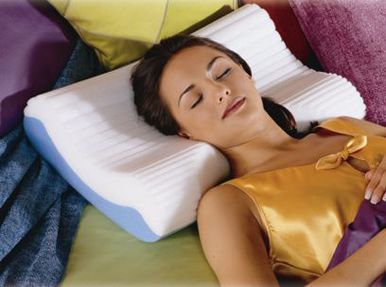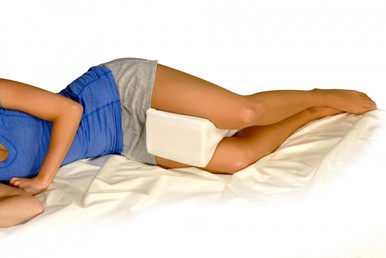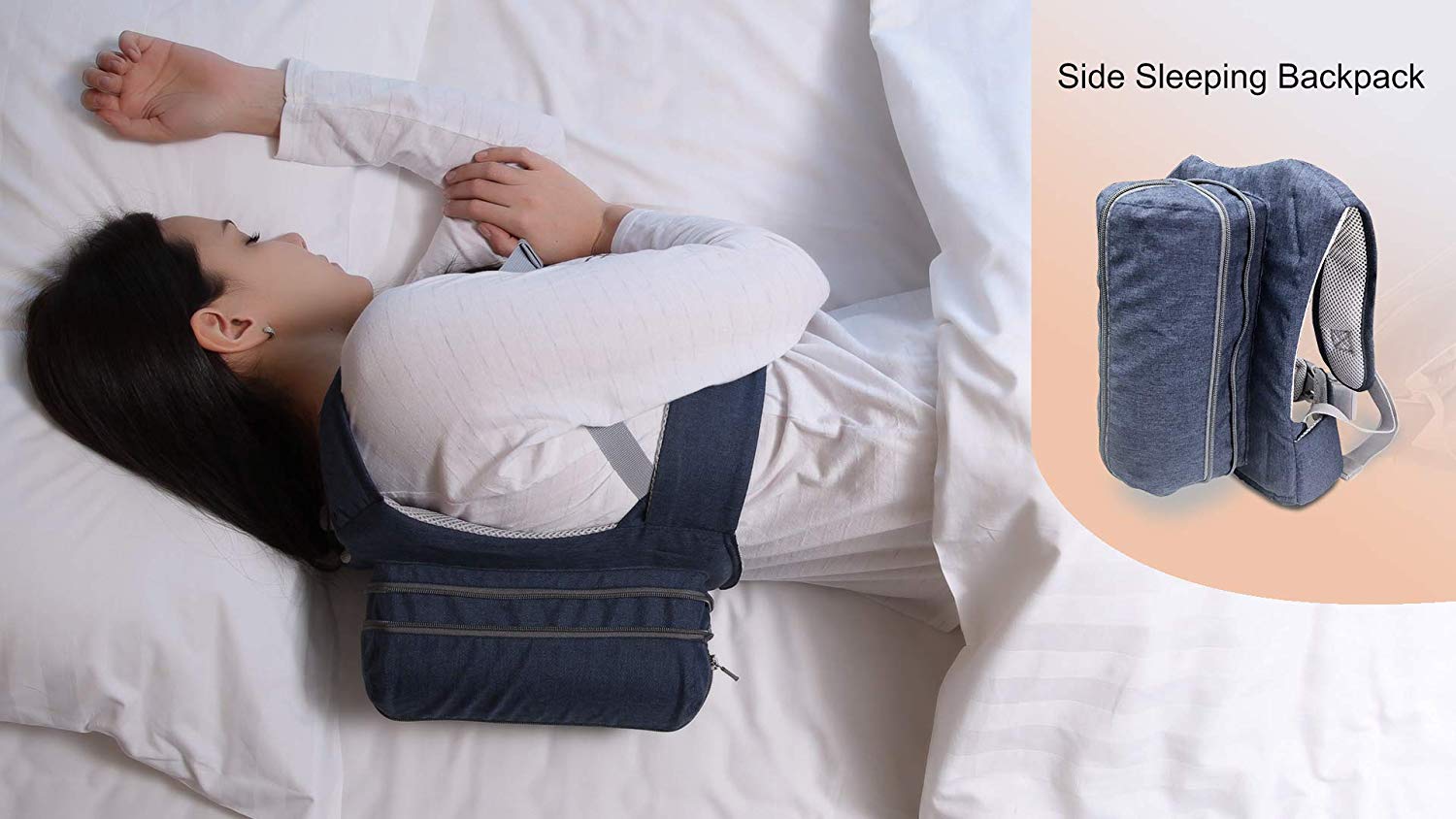The Sleep Apnea Pillow
Discover Special Pillows that Treat Can Sleep Apnea

A sleep apnea pillow is designed to ensure you remain in a side sleeping position throughout the evening, to reduce snoring and sleep apnea side effects.
Sleeping on your back can worsen snoring, because the muscles from your neck are relaxing into a position that can obstruct the airway.
The tongue is also blocking the airway when you sleep on your back.
However, If you sleep with your body on the side, the airway is more likely to remain open and the air will circulate in optimal quantity.
How Does an Apnea Pillow Work?
A pillow can treat obstructive apnea only if it helps you to open your airways by positioning your head and body to a sideways sleeping position.
By sleeping on your side, your tongue won't fall on the back of your throat to block the airways. It also helps you maintain the spine in a straight shape, which will prevent strain in the lower back and neck.
The method of preventing your body to sleep on your back is called positional therapy, and can be useful only if you have these conditions:
- if you have mild or moderate sleep apnea.
- if you have simple snoring.
- if nasal sprays and nose strips weren't effective for you.
- you failed cpap or oral appliance for various reasons.
- you are not obese (In this case, there is no guarantee that positional therapy can treat your sleep apnea or snoring. However, sleeping on the side can improve your sleep apnea symptoms).
If you don't have insurance and cannot afford a CPAP machine, the pillows for sleep apnea will help you as long as you have the above mentioned conditions.
Types of Sleep Apnea Pillows
The best pillows that can be used to help improve your mild sleep apnea are:
1. Tempurpedic Pillow
The following video explains how to use the Tempurpedic Pillow designed for side sleeping:
2. Contour Cloud Cervical Pillow

The Cervical Pillow is designed to reduce neck aches and pains by correctly positioning your head, neck and shoulders during sleep.
It's similar to Tempurpedic, but firmer and lower.
3. Memory Foam Knee Pillow

The knee pillow is a useful addition to your sleep apnea pillow, that aligns your legs, hips and spine, removing the pressure from your lower back.
It also helps you to keep the side sleeping position in a more comfortable way than using only the pillow.
Alternative to Sleep Apnea Pillows
Side Sleeping Backpack

Another very good product designed to help you sleep on the side is the side sleeping backpack.
The product is recommended for people with snoring and mild to moderate obstructive sleep apnea.
Sleep Apnea › Obstructive Apnea › Sleep Apnea Pillow







